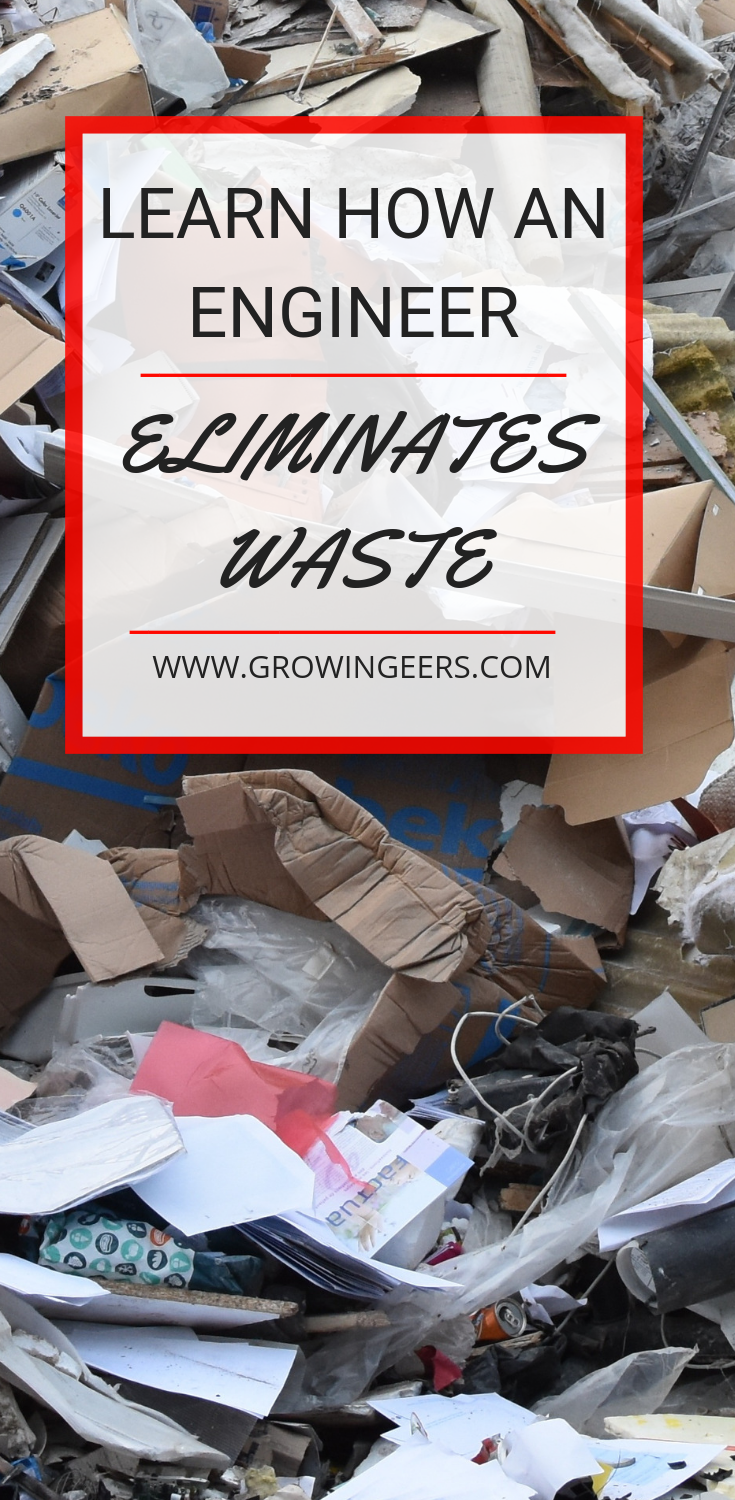A large portion of the Lean process is focused on identifying waste in a process. Why is it so focused on the negative you ask? Well, you can’t eliminate something that you don’t know is there!
Not sure what Lean is? Check out our post on the basics of Lean.
So, we are going to walk you through the 7 forms of waste (or Muda as the Japanese like to say) that we try to identify and eliminate in Lean.
By eliminating waste in a process or in the production of a product, you save time, money, and effort and reach a higher efficiency in whatever you are working to accomplish. These forms of waste can be found in every aspect of work or tasks that we do daily, so look out for these in your daily processes and life and eliminate them!
1. Transportation
This form of waste is by moving product or equipment that is not needed to move during processing.
2. Inventory
Inventory is any part of the product that is not completed. This could be in the form of raw materials, work in process, or a final product that hasn’t been used.
3. Motion
This is the waste that occurs when people or equipment move to much in the process or producing the product. It can lead to physical injury or machine downtime.
4. Waiting
This is any time in the process that the product is waiting to be processed or the process is halted because the next step cannot occur.
5. Over production
When too much of a product or process is available and is not needed. This creates a situation where a product is not changing rapidly with a customers needs.
6. Over-processing
This form of waste is when more is done to a product than is required by the customer’s idea of value.
7. Defects
This is when you have to discard or rework a product or step of a process due to an error or defect.
Want to learn how to find waste in a process? Keep an eye out for more posts about how to apply these concepts!
If you like this post, please share it on Pinterest below!


